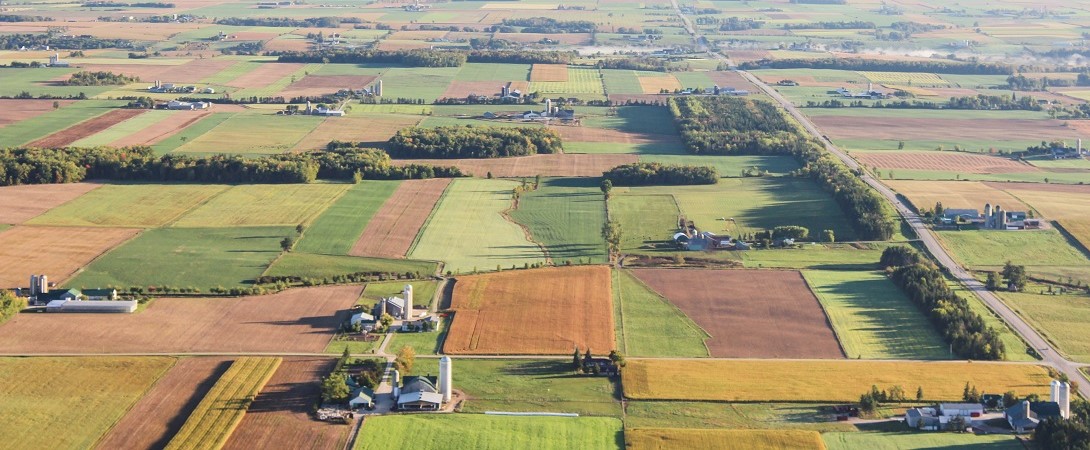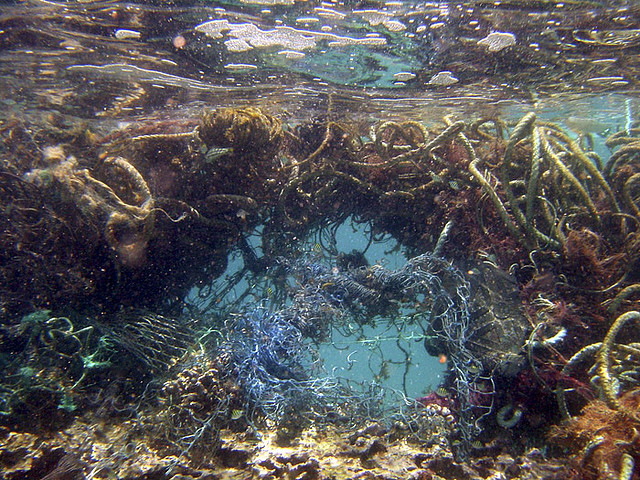The Biomass Census
While there are numerous studies on the biomass of specific species, families, and kingdoms, there are fewer censes on total biomass. This study combines existing biomass estimates with newly-generated ones in order to paint a picture of how life on Earth is divided. For the purposes of this study, biomass is given in gigatons of carbon, since this excludes water weight and is commonly used in available literature. Biomass is divided into kingdoms: animals, plants, archaea, fungi, bacteria, and protists. For some kingdoms, further analysis is done, looking at where the biomass is located and what classes and phylums are best-represented.
The sum of all biomass on Earth is 550 gigatons of carbon, 450 of which is contained in plants. In descending order, the remainder of kingdoms: bacteria – 70 gigatons, fungi – 12 gigatons, archaea – 7 gigatons, protists – 4 gigatons, and animals – 2 gigatons. The bulk of the world’s biomass is metabolically inert. 70% of plant biomass is contained in stems and tree trunks, and 90% of bacteria biomass is found deep underground, away from contact with any other organisms. Plants are still dominant even when looking at metabolically-active biomass only, with 150 gigatons. Bacteria shrink to around 9 gigatons of biomass when ignoring deep-surface organisms, bringing them roughly in-line with fungi. The bulk of biomass is on land.
Animals are the only kingdom for which the ocean contains the majority of its biomass. The largest subgroups are marine arthropods and fish, followed by annelids (worms), terrestrial arthropods, and mollusks. Almost half of all marine arthropod biomass is made up of a single Antarctic krill species. Worryingly, the biomass of the world’s livestock far exceeds that of wild mammals and birds, which are the two smallest groups by far. The combined biomass of humans and livestock exceeds that of all animal groups besides fish. Biomass of reptiles and amphibians was considered to be negligible, which is also concerning given their important ecological roles.
Human activity has had a major effect on both the total biomass of Earth as well as its composition. Humans are believed to be a major cause of the Quaternary Megafauna Extinction, which began around 30,000 years ago and ended roughly 5,000 years ago. During this period, wild animal biomass decreased by approximately sevenfold. Marine mammal biomass decreased by roughly fivefold since then, at least part of which can be attributed to human activity like whaling. Global fish biomass has also decreased, but by much less than that of mammals. Despite the tremendous loss of wild animal biomass, the total biomass of animals has remained stable due to massive increases in the amounts of livestock and humans.
The authors stress that these are estimates, not exact measurements, and thus will have varying degrees of accuracy. For kingdoms which already have had extensive research done, like plants, the numbers are likely more accurate. However, the estimates will be rougher in calculating the biomass of deep-surface bacteria, as the majority of it is completely inaccessible to humans. The authors call for further research to improve the accuracy of these counts, which they believe are important for students and researchers to understand. Accurate censes of biomass allows us to better understand the effects of climate change and human activity, which is necessary for any plan to reduce or reverse them.
https://www.pnas.org/content/115/25/6506

















